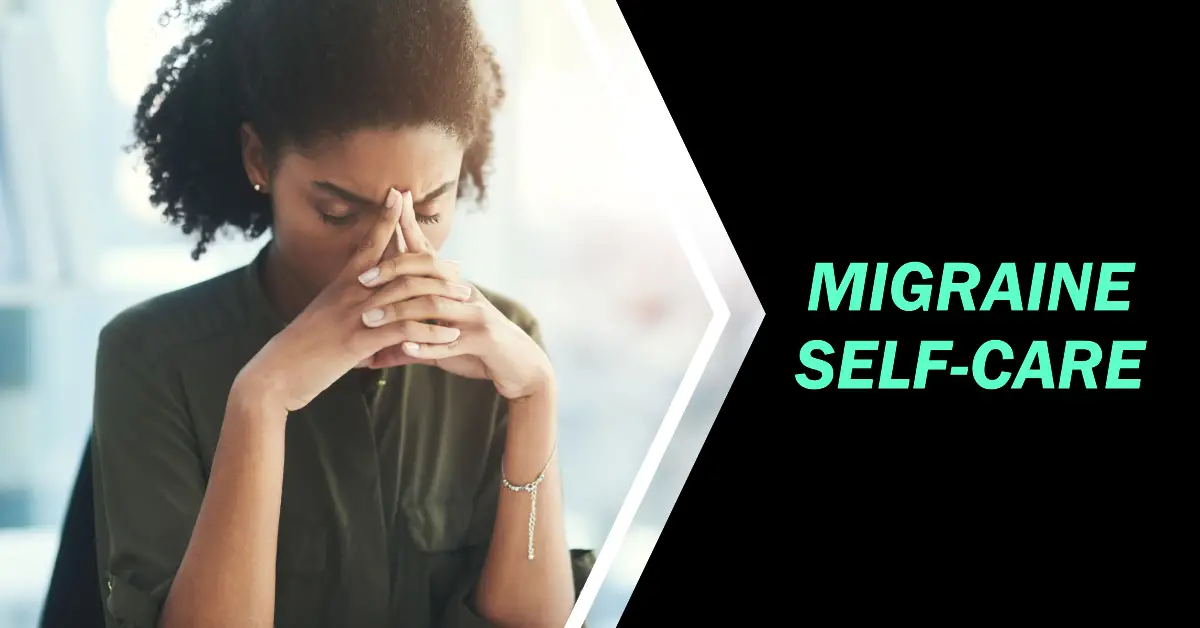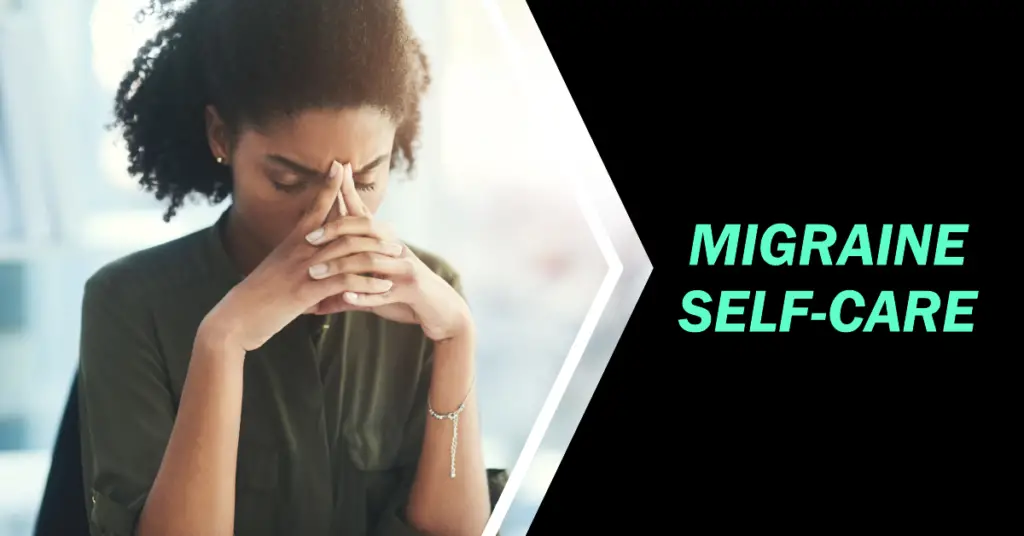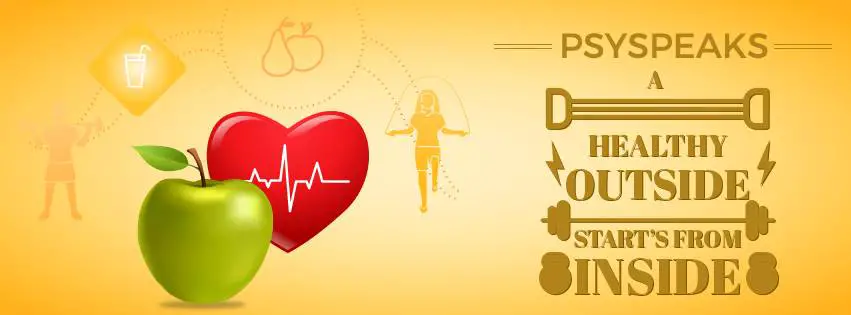
Introduction
Migraines can be debilitating and significantly impact your quality of life. While there is no cure for migraines, self-care practices can help alleviate the symptoms and improve your overall well-being. In this comprehensive guide, we will discuss ten effective tips to help you feel better and manage your migraines. By incorporating these strategies into your routine, you can enhance your self-care regimen and minimize the impact of migraines on your daily life.

- Identify and Avoid Triggers
The first step in managing migraines is to identify and avoid triggers that can initiate an episode. Common triggers include certain foods, stress, lack of sleep, hormonal changes, bright lights, and strong odors. By keeping a migraine diary, you can track your attacks and identify patterns or triggers. Once you identify your triggers, make a conscious effort to avoid or minimize exposure to them. - Maintain a Consistent Sleep Schedule
Adequate and regular sleep is crucial for managing migraines. Establishing a consistent sleep schedule by going to bed and waking up at the same time every day can help regulate your body’s natural sleep-wake cycle. Aim for seven to eight hours of uninterrupted sleep each night. Create a relaxing bedtime routine, avoid stimulating activities before bed, and ensure your sleep environment is comfortable and conducive to rest. - Practice Stress Management Techniques
Stress is a common trigger for migraines, so it’s essential to incorporate stress management techniques into your daily routine. Explore relaxation techniques such as deep breathing exercises, meditation, yoga, or tai chi. Engage in activities that bring you joy and help you unwind, such as reading, listening to music, or taking a warm bath. Find what works best for you and make it a regular part of your self-care practice. - Adopt a Healthy Diet
Maintaining a healthy and balanced diet can significantly impact your migraines. Avoid or limit foods that are known to trigger migraines, such as processed foods, artificial sweeteners, caffeine, alcohol, and aged cheeses. Instead, focus on consuming a variety of whole foods, including fruits, vegetables, lean proteins, and whole grains. Stay hydrated by drinking an adequate amount of water throughout the day. - Regular Exercise and Physical Activity
Engaging in regular exercise and physical activity can help reduce the frequency and severity of migraines. Choose activities that you enjoy, such as walking, swimming, cycling, or practicing yoga. Start slowly and gradually increase your activity level. Aim for at least 30 minutes of moderate-intensity exercise most days of the week. Exercise releases endorphins, which are natural painkillers and mood elevators, promoting overall well-being. - Create a Relaxing Environment
Creating a calm and soothing environment can provide relief during a migraine attack and help prevent future episodes. Dim the lights, minimize noise, and find a comfortable spot where you can rest and relax. Consider using relaxation techniques, such as guided imagery or aromatherapy, to enhance relaxation and promote pain relief. Experiment with different techniques and find what works best for you. - Stay Hydrated
Dehydration can trigger migraines in some individuals, so it’s important to stay hydrated throughout the day. Carry a water bottle with you and aim to drink at least eight glasses of water daily. If you find plain water unappealing, try infusing it with slices of fruits or herbs to add flavor. Avoid excessive consumption of sugary or caffeinated beverages, as they can dehydrate your body. - Practice Good Posture
Maintaining good posture can help reduce tension and strain on your neck and shoulders, which are common trigger points for migraines. Be mindful of your posture throughout the day, whether you’re sitting at a deskor standing. Sit up straight, keep your shoulders relaxed, and avoid slouching. Consider using ergonomic furniture or supports to maintain proper alignment and reduce the risk of developing tension headaches. - Use Relaxation Techniques during Migraine Attacks
When a migraine attack strikes, incorporating relaxation techniques can help alleviate pain and promote faster recovery. Close your eyes, find a quiet space, and practice deep breathing exercises or progressive muscle relaxation. Applying a cold or warm compress to your forehead or neck can also provide relief. Experiment with different relaxation techniques and find what works best for you during these challenging moments. - Seek Professional Help
If self-care strategies alone do not provide sufficient relief, it is crucial to seek professional help. Consult with a healthcare provider who specializes in migraines, such as a neurologist or headache specialist. They can evaluate your condition, provide a proper diagnosis, and recommend appropriate treatment options, including preventive medications or alternative therapies.
Conclusion
Incorporating these ten self-care tips into your daily routine can significantly improve your ability to manage migraines and enhance your overall well-being. Remember to identify and avoid triggers, maintain a consistent sleep schedule, practice stress management techniques, adopt a healthy diet, engage in regular exercise, create a relaxing environment, stay hydrated, practice good posture, utilize relaxation techniques during attacks, and seek professional help when needed. By prioritizing self-care and making these strategies a part of your lifestyle, you can regain control over your migraines and experience a better quality of life.




